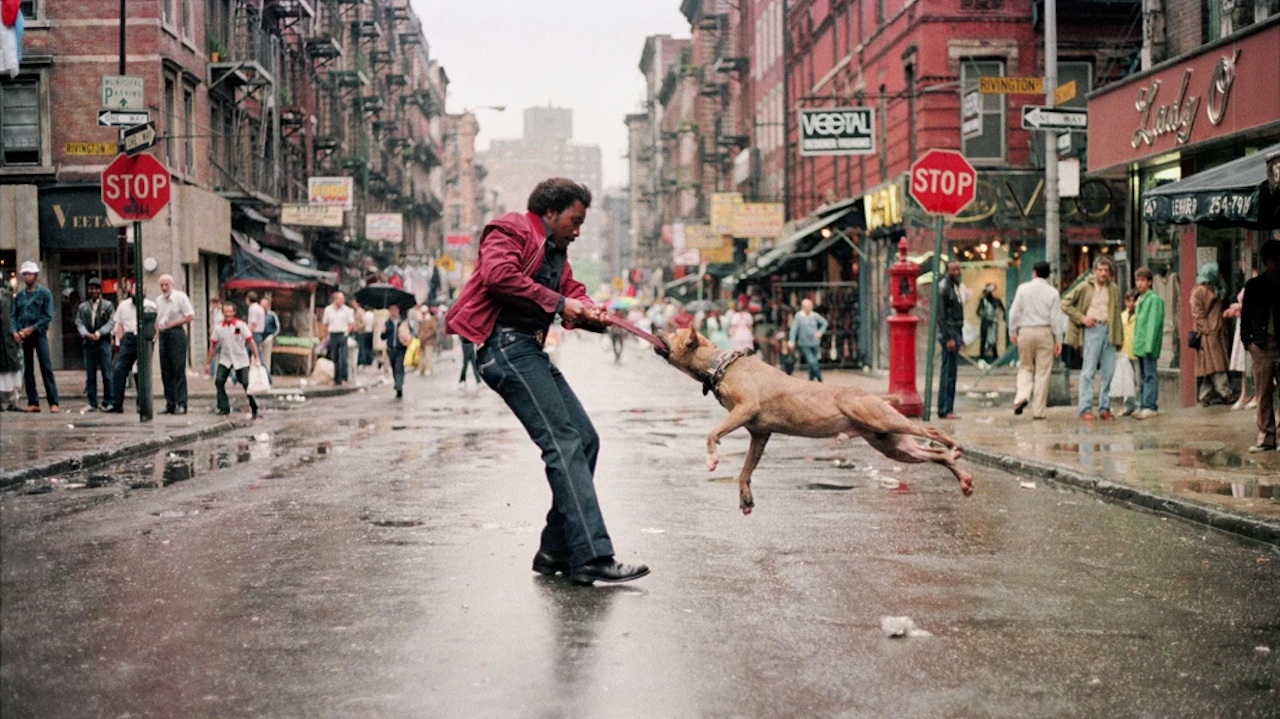Some Known Details About Street Photographers
Some Known Details About Street Photographers
Blog Article
Unknown Facts About Street Photographers
Table of ContentsStreet Photographers - An OverviewSome Known Factual Statements About Street Photographers How Street Photographers can Save You Time, Stress, and Money.7 Easy Facts About Street Photographers ExplainedA Biased View of Street Photographers
A style of photography that records day-to-day life in a public location. The very publicness of the setup enables the professional photographer to take honest photos of complete strangers, frequently without their understanding. Street professional photographers do not necessarily have a social objective in mind, however they favor to isolate and record moments which could or else go undetected (Street Photographers).He was affected by many of those who affected the street professional photographers of the 1950s and '60s, he was not primarily interested in catching the spirit of the road., who functioned side by side with photographers attempting to record the essence of city life.
Due to the somewhat primitive modern technology offered to him and the lengthy direct exposure time required, he had a hard time to record the hustle and bustle of the Paris roads. He trying out a series of photo approaches, attempting to find one that would certainly allow him to capture movement without a blur, and he discovered some success with the calotype, patented in 1841 by William Henry Fox Talbot. As opposed to Atget, photographer Charles Marville was employed by the city of Paris to produce an encyclopaedic paper of Haussmann's urban planning job as it unfolded, therefore old and brand-new Paris. While the photographers' topic was basically the same, the results were noticeably various, showing the influence of the photographer's intent on the character of the images he generated.
Offered the great high quality of his photographs and the breadth of material, architects and artists typically purchased Atget's prints to use as reference for their own work, though commercial passions were hardly his main motivation. Instead, he was driven to photograph every last remnant of the Paris he loved.
Some Known Details About Street Photographers
They expose the city through his eyes. His job and essential understanding of digital photography as an art type acted as ideas to generations of digital photographers that followed. The future generation of street photographers, though they likely did not describe themselves as such, was introduced by the photojournalism of Hungarian-born professional photographer Andr Kertsz.
Unlike his peers, Brassa utilized a larger-format Voigtlnder video camera with a much longer exposure time, compeling him to be a lot more calculated and thoughtful in his method than he could have been if using a Leica. (It is assumed that he Check Out Your URL might not have been able to manage a Leica during that time, however he did, nonetheless, use one in the late 1950s to take colour pictures.) Brassa's photographs of the Paris abyss illuminated by man-made light were a revelation, and the collection of the series that he published, (1933 ), was a major success.
Cartier-Bresson was a champion of the Leica camera and one of the very first digital photographers to optimize its abilities. The Leica permitted the photographer to engage with the surroundings and to record minutes as they happened. Its relatively small dimension additionally helped the digital photographer fade into the background, which was Cartier-Bresson's favored approach.
Street Photographers - The Facts
It is due to the fact that of this basic understanding of the art of photo taking that he is typically attributed with finding the medium around once again approximately a century considering that its creation. He took photos for even more than a half century and affected generations of photographers to trust their eye and instinct in the minute.
These are the inquiries I shall try to address: And after that I'll leave you with my own meaning of street photography. Yes, we do. Let's kick off with specifying what an interpretation is: According to (Street Photographers) it is: "The act of specifying, or of making something certain, distinct, or clear"
No, definitely not. The term is both restricting and misdirecting. Appears like a road digital photography ought to be images of a streets best?! And all street photographers, with the exception of a handful of absolute beginners, will totally appreciate that a road is not the essential element to internet road digital photography, and actually if it's an image of a street with possibly a few monotonous people not doing anything of rate of interest, that's not road photography that's a photo of a street.
Street Photographers Fundamentals Explained
He makes a legitimate factor do not you assume? While I agree with him I'm not sure "candid public digital photography" will capture on (although I do kind of like the term "honest photography") because "street digital photography" has actually been around for a lengthy time, with many masters' names go to this site attached to it, so I think the term is here to remain (Street Photographers).
You can fire at the beach, at a festival, in an alley, in a park, in a piazza, in a coffee shop, at a gallery or art gallery, in a city terminal, at an event, on a bridge, under a bridge ...
Yes, I'm afraid we terrified no choice! Without guidelines we can not have an interpretation, and without an interpretation we don't have a style, and without a category we don't have anything to define what we do, and so we are stuck in a "rules interpretation genre" loop!
The Best Guide To Street Photographers

Report this page